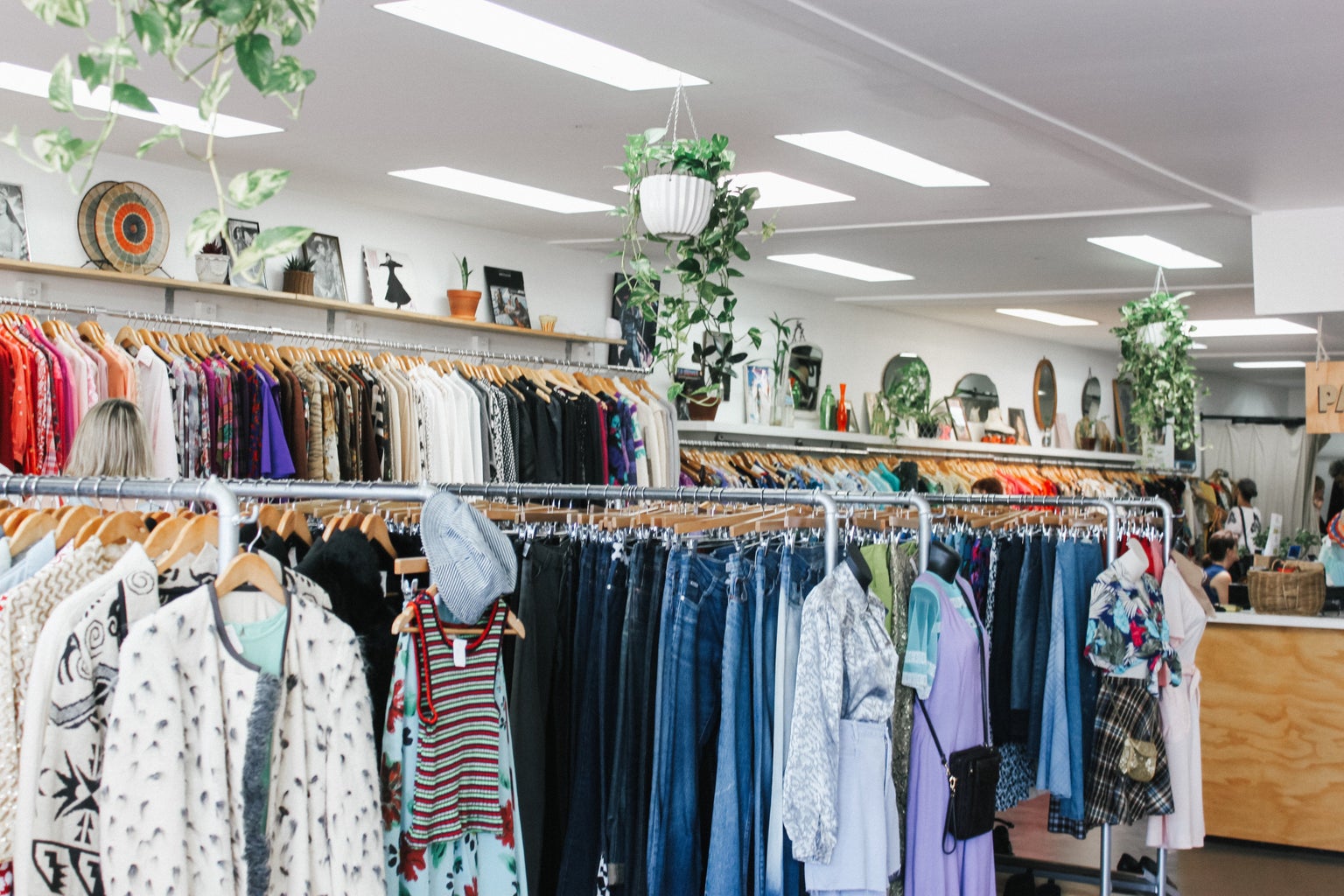When one thinks about being “eco-friendly”, wardrobes and clothes aren’t generally the first things that come to mind. Surprisingly, fast fashion is one of the biggest polluting factors in the world, creating 10% of all of humanity’s carbon emissions. On top of that, it is also the second-largest consumer of the world’s water supply and pollutes the oceans with microplastics. Now more than ever is the time to change our lifestyles for the better. By incorporating new methods into our lives and being aware of all aspects of fashion, we are able to lessen this carbon footprint, which is currently at an all-time high.
What Makes Clothes Sustainable?
How can you know which clothes are sustainable and which aren’t? For one, this type of clothing should be durable, suitable, and worker-friendly. More easily, you can identify this type of clothing through fabrics. Linen, silk, organic wool, bamboo, and hemp are a few options to choose from when picking eco-friendly materials for everyday wear. The most popular option, linen, is made from a plant that doesn’t utilize or need a large amount of water, can be easily recycled, and best of all, requires only a little energy to create it.
Finding a clothing brand that is worker-friendly and ethical is also very important. Going with the idea of sustainability, a worker should be treated humanely and be provided with a safe and healthy workplace. Fair working hours, a decent salary, and benefits are important when researching a brand.
What Can I Do About It?
- Shop Secondhand
One of the easiest and most obvious ways to reduce a carbon footprint is by thrifting. Shopping secondhand helps individuals prevent the use of extra energy, water, and toxic chemicals. Thrift stores vary in pricing, so there is always something for everyone. If consignment stores aren’t your thing, try DIYing some old clothes from your closet.
- Lessen Fast Fashion Purchases
Fast fashion brands are everywhere; it’s hard to avoid buying them. Due to the quick production of this type of clothing, it is made from cheap, toxic textile dyes. On top of that, due to the pressure to create cheap clothing in a variety of designs, these workplaces have very toxic environments. Inhumane conditions for workers are quite common with these types of brands.
- Look For Conscious Brands
If you are having trouble trying to change what clothing stores you shop at or trying to revamp your wardrobe to fit the conscious theme, here are a few brands that make an effort to be ecofriendly:
-
Everlane: Starts at $18. They pride themselves on partnering with the most ethical factories and using the finest materials.
-
Revari: Starts at $18. Every product made and sold is at least ethically made, sustainably made, philanthropic, and/or fair trade certified.
-
SiiZU: Starts at $15. Their philosophy is to “design and deliver beautiful, high-quality apparel made with sustainable manufacturing practices directly to you at an affordable price point”.
-
Reformation: Starts at $38. This clothing brand based in LA focuses mainly on dresses and puts “sustainability at the core” of everything they do.
Going eco-friendly when it comes to clothing is so important. You could be living a sustainable and clean life when it comes to eating and other choices, but clothing is one of the biggest ways we are currently affecting the environment in a negative way. Try this out, you’ll be changing not only your own lifestyle but the Earth, our home.






